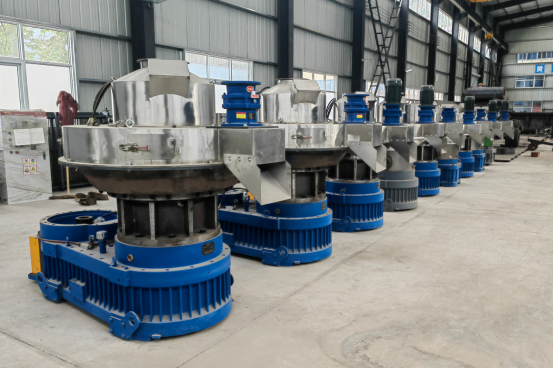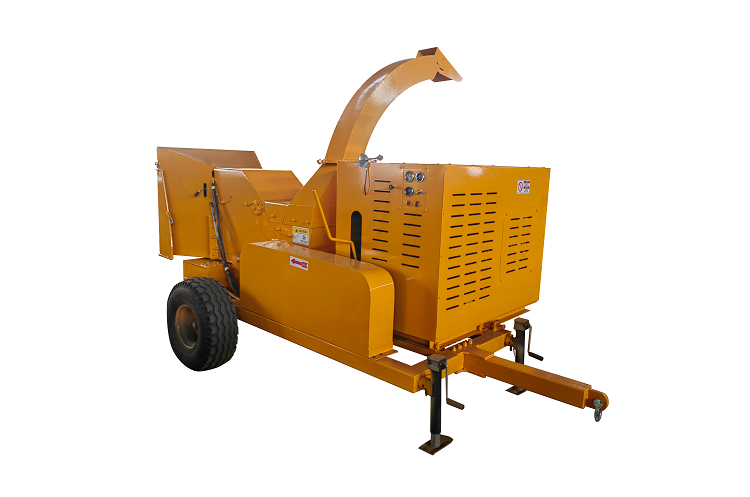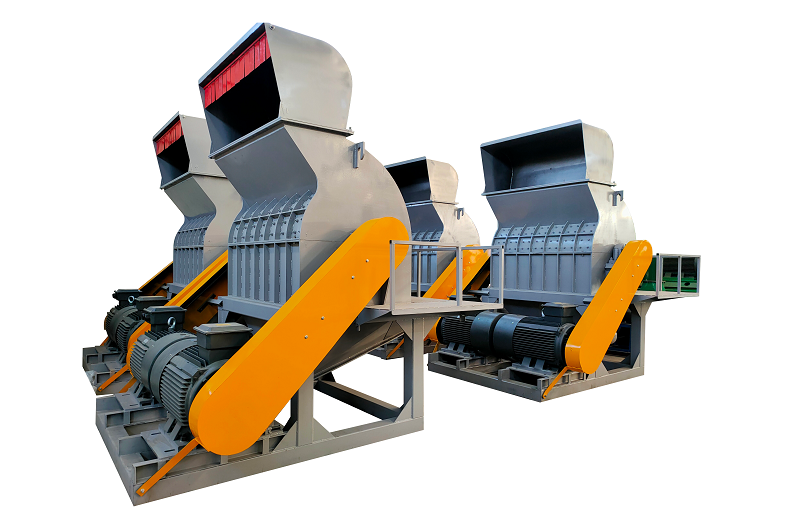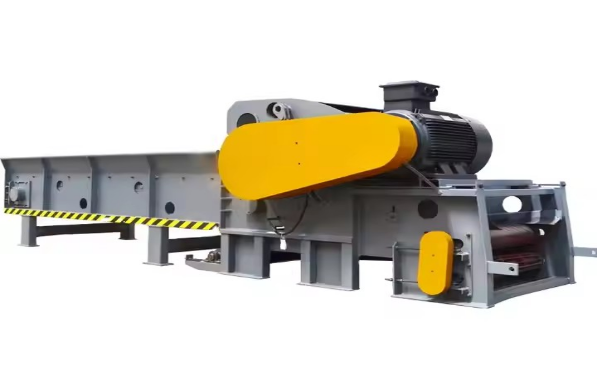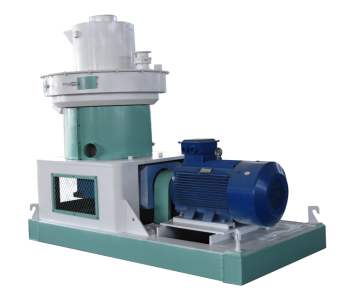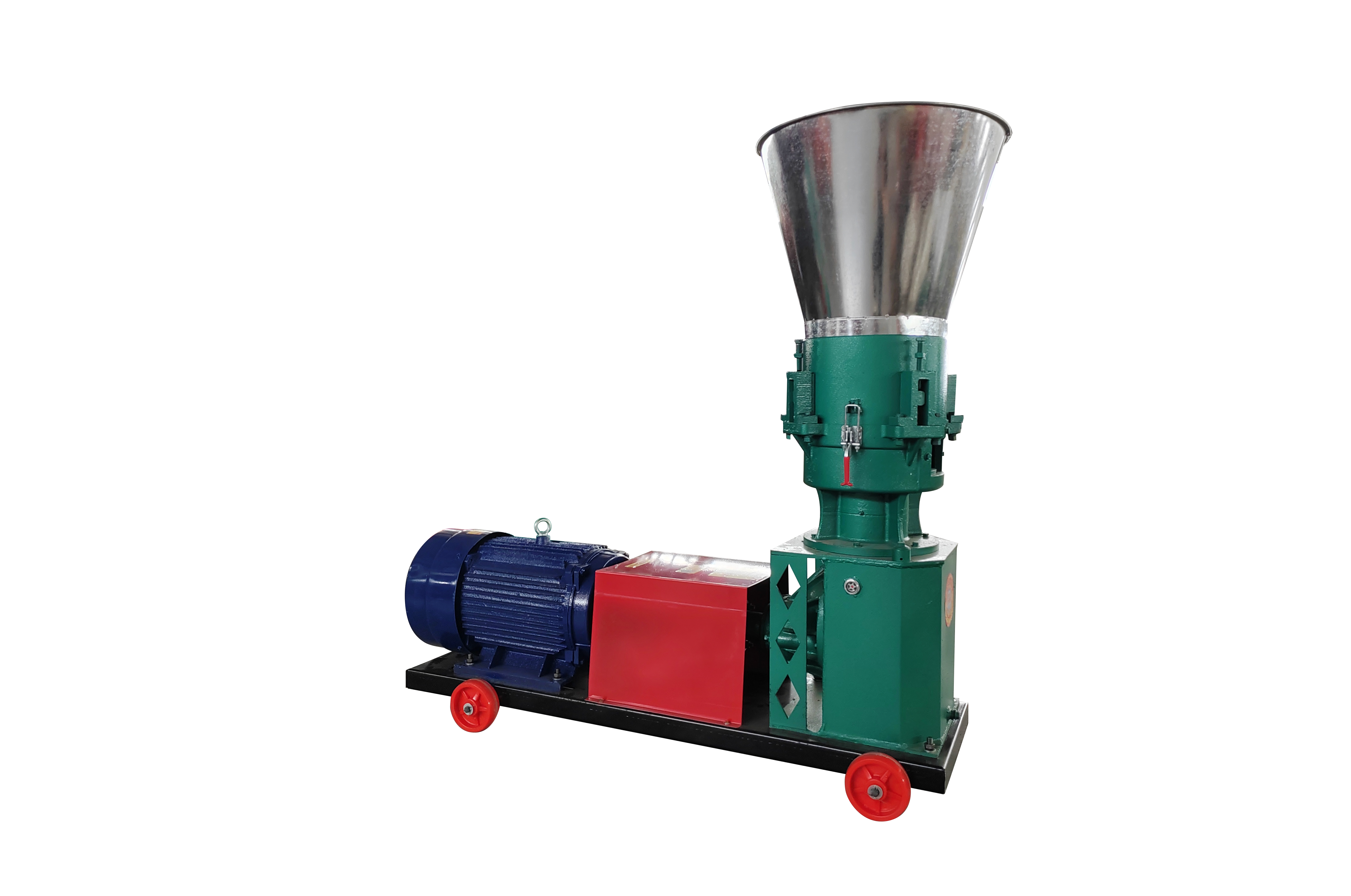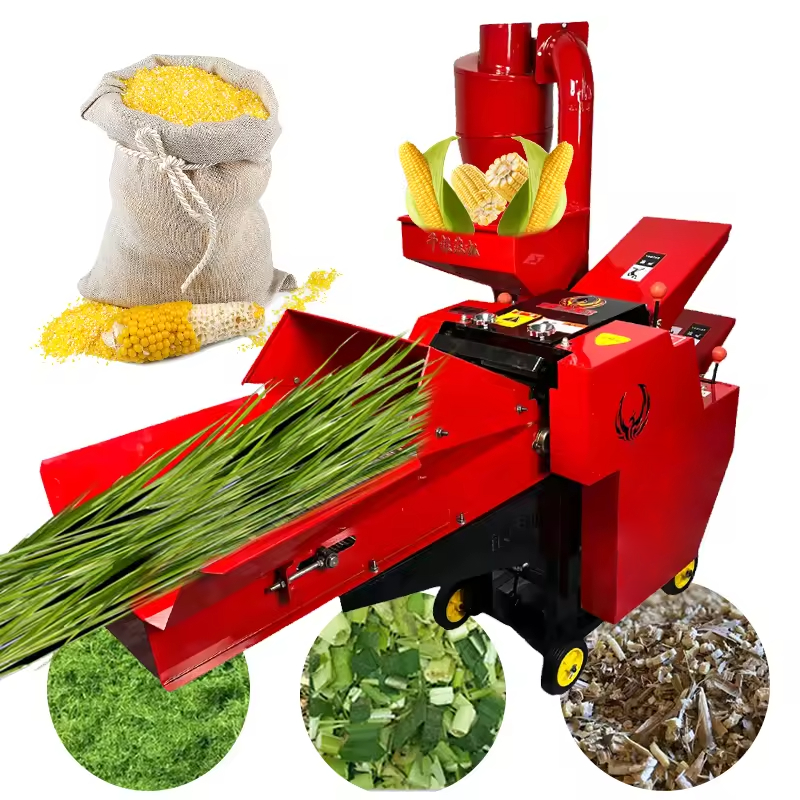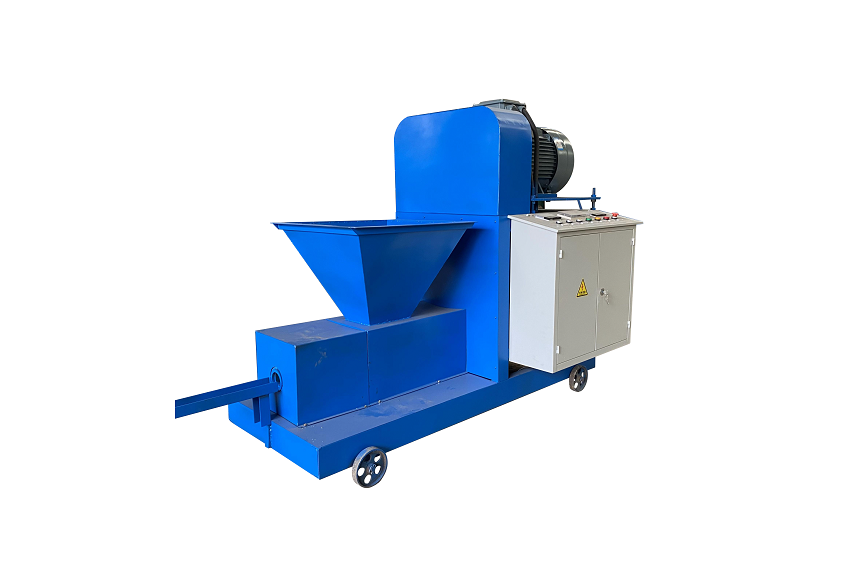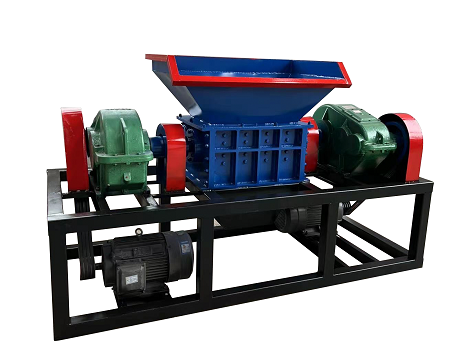What is biomass fuel?
It refers to the burning of biomass materials as fuel, generally mainly agricultural and forestry waste (such as straw, sawdust, bagasse, rice bran...)
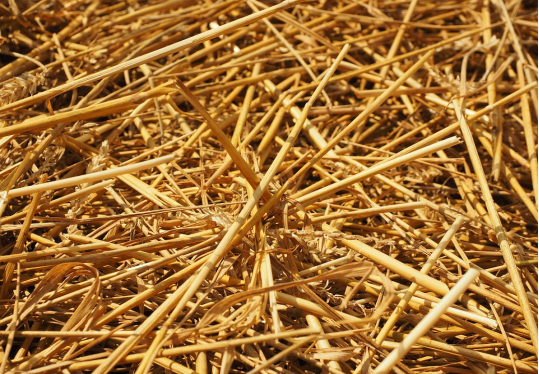
Solid biomass such as wood, charcoal and agricultural residues has been used since ancient times for cooking and heating purposes – and more recently to generate electricity.
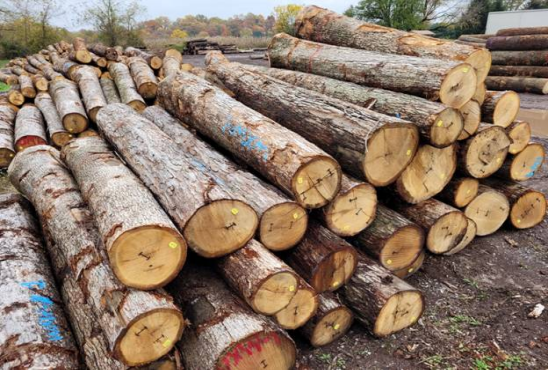
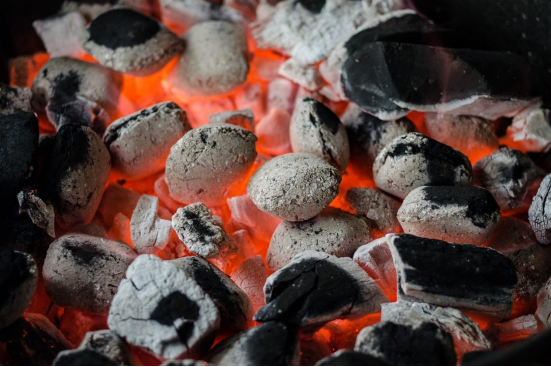
The application of biomass fuel is actually mainly biomass molded fuel (BMF), which uses agricultural and forestry waste as raw materials, and is made into various shapes (such as blocks, pellets, etc.) Through processes such as crushing, mixing, extrusion, and drying, It is a new type of clean fuel that can be directly burned.
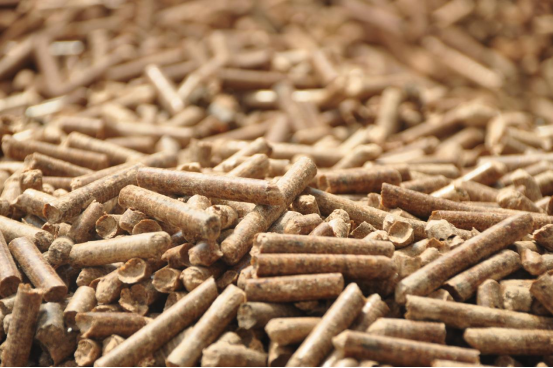
Biomass is converted to energy through chipping, crushing, drying, pelletizing, cooling, screening, packaging processes, including:
· Direct combustion (burning) to produce heat
· Thermochemical conversion to produce solid, gaseous, and liquid fuels
· Chemical conversion to produce liquid fuels
· Biological conversion to produce liquid and gaseous fuels
